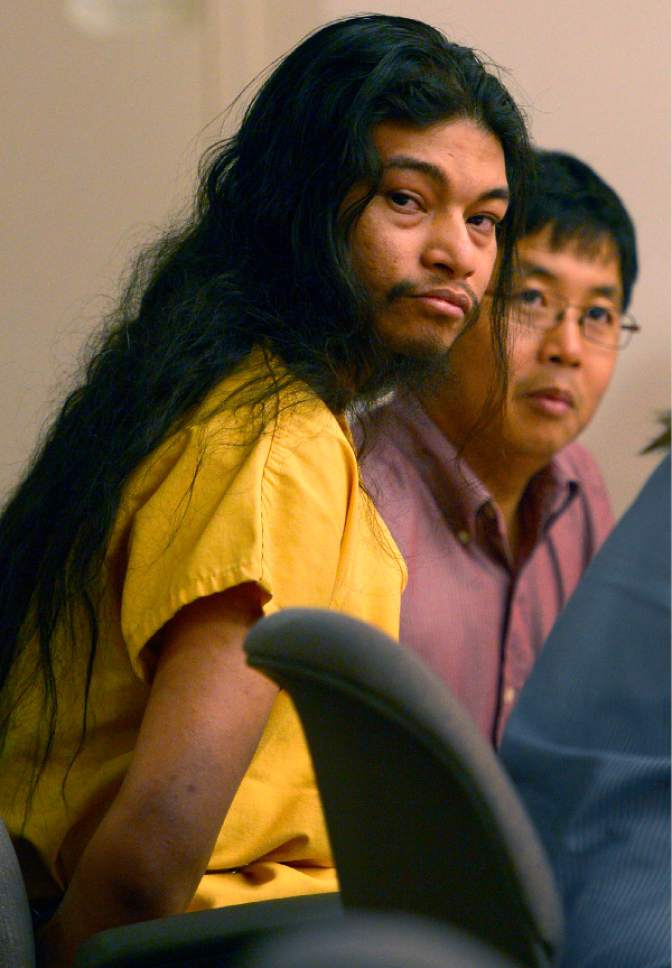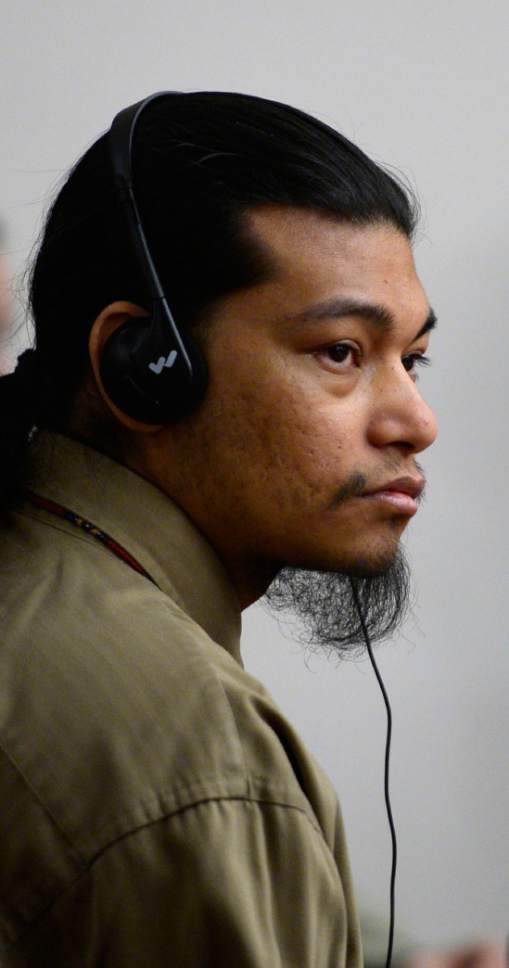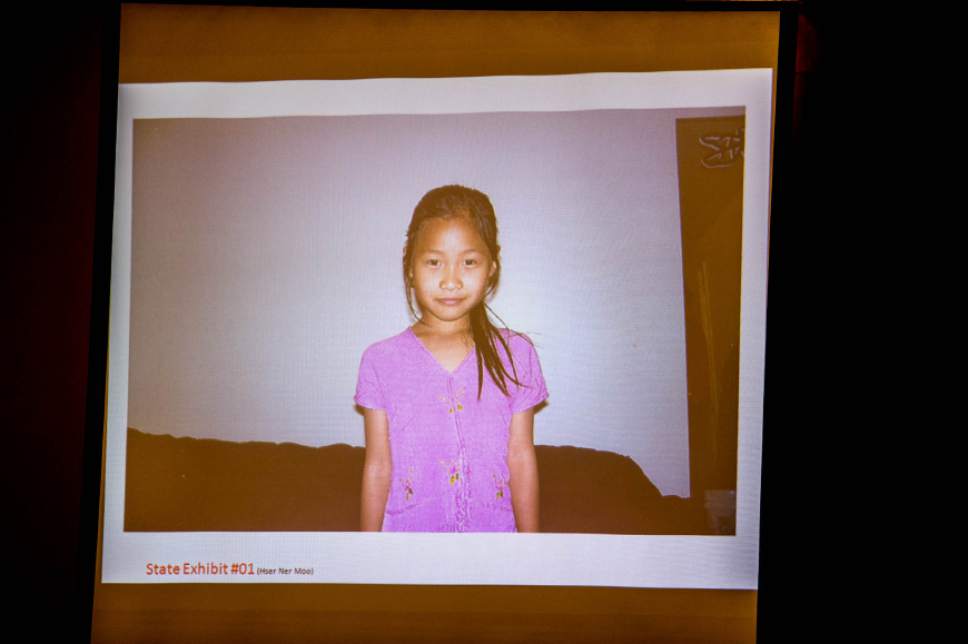This is an archived article that was published on sltrib.com in 2016, and information in the article may be outdated. It is provided only for personal research purposes and may not be reprinted.
The man convicted of killing 7-year-old Hser Ner Moo in 2008 deserves a new trial because an unqualified interpreter pressured him during a police interview into admitting responsibility for the girl's accidental death, a lawyer argued Friday to the Utah Supreme Court.
The interpreter told Esar Met that he had to come up with something or else it would go worse for him, attorney Herschel Bullen told the court. He said Met, a Burmese refugee who had recently arrived in the United States, was scared.
"He was being badgered by the translator," said Bullen, who is seeking to overturn the murder conviction that has put Met behind bars for life with no opportunity for parole.
Bullen also argued that showing a "morbid" and "gruesome" photo of the victim to the jury calls for reversal of the conviction and a new trial. There was extensive medical testimony at Met's trial and the photo wasn't needed as evidence, he said.
Utah Assistant Attorney General John Nielsen countered there was little to no blood in the photo of the little girl's body and that it is comparable to pictures in other cases that have been found by courts not to be gruesome. He said the color photo, which was enlarged, was used to help show the circumstances of the crime.
"As the old saying goes, pictures are worth a thousand words," Nielsen said.
And while some of the things the translator said were "way off base," Nielsen said, the gist of both sides' statements made it past the language barrier.
The police interview was not used as evidence at trial because of translation problems when Met's Miranda rights were read to him. However, Bullen noted, if Met had taken the stand at trial, the prosecution could have used that interview to impeach his testimony. (Met ultimately did not testify).
The Supreme Court justices took the arguments under consideration and will issue a ruling later.
Outside the courtroom, Hser Ner Moo's mother, Pearlly Wa, thanked everyone who helped with the case.
"God bless America," she added.
Met is serving life without parole for the murder of Hser Ner Moo, a fellow Burmese refugee who lived in the same South Salt Lake apartment complex at 2250 S. 500 East.
Prosecutors claimed Met lured Hser Ner Moo into his basement apartment at the South Parc Townhomes on March 30, 2008, then beat and sexually assaulted her before leaving the girl to die. Her broken body was found by police in Met's bathroom the next day after a search by hundreds of volunteers.
Met, then 21, was arrested at the home of his aunt and uncle in the Fort Union area and was charged with first-degree felony counts of aggravated murder and aggravated kidnapping.
The case dragged on for years, with the proceedings hampered by concerns about the quality of the interpreters being used and conflicts between Met and his attorneys. On several occasions, Met's attorneys said they had reached a resolution in the case, only to have their client change his mind in court.
At trial in 3rd District Court, the defense asserted that one of Met's four roommates or another unknown person might have been responsible for killing the girl and dumping her body in the basement of Apartment 472, where the doors were habitually unlocked.
But prosecutors urged jurors to use their common sense, and after nine days of testimony and more than five hours of deliberations, the jury convicted Met on Jan. 18, 2014.
Prosecutors had taken the death penalty off the table and Met faced a prison sentence of 20 years to life or life without parole. Judge Judith Atherton meted out the maximum punishment on May 14, 2014.
In the appeal, Bullen claims Atherton erroneously assumed a term of life in prison without the possibility of parole was the default sentence for the crimes and that Met should have been sentenced by a jury.
He also argues that a warrantless search of Met's apartment was illegal and that the defense erred at trial by withdrawing a motion for a mistrial based on the destruction of "crucial evidence of blood" found in the upstairs area of the apartment.
Twitter: @PamelaMansonSLC























